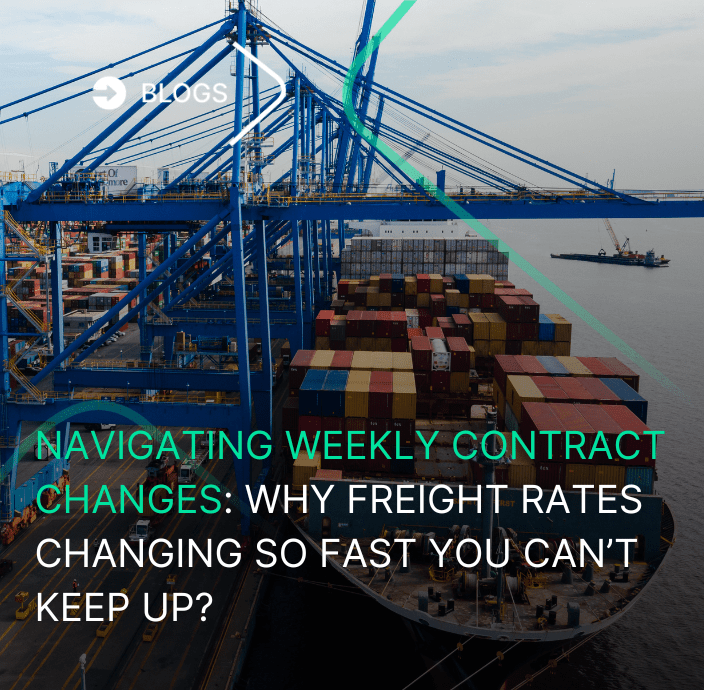The maritime logistics itself is quite complex and is now dealing with several changes happening simultaneously, which must be faced in the short to medium term so that the workflow does not stop.
When we talk about the maritime sector within the logistics industry, we are referring to all its related ones: shipping companies, ports, terminals, freight forwarders, etc. And when we talk about the changes they are facing or should face in the near future, we are mainly referring to 4 in specific.
Which are the imminent changes to be faced by maritime logistics?
1) Sustainability:
The maritime industry is considered one of the major polluters of the environment and therefore, it must assume more responsibility in reversing the causes of climate change. To talk about sustainability then is to talk about the use of sustainable maritime technology. Because of this, shipping companies are investing in adapting their ships with new gas purification systems, greener engines and alternative sources of energy (wind, solar, vegetable, etc.). Ports are already talking about adapting their docks with electrical connections for ships and with new types of fuel suppliers, among other things. Freight forwarders, on the other hand, are adopting digital and automated methods as a way of them being sustainable.
2) e-Commerce:
Consumers are increasingly getting familiar with new technologies and online purchases, from and to any part of the world; this supposes a faster growth of global commerce and maritime logistics. But are all the related ones prepared to face an even more rapid growth? Has everyone entered the new era yet? Do you understand the growth opportunities that this offers and do you know how to take advantage of them? Some of the related ones do, especially freight forwarders that have already implemented e-Pricing as their digital tool to offer the instantaneity that the consumer or the final customer is looking for, but the rest still need to implement it too.
3) Workforce:
The use of new technologies in the maritime industry (blockchain technology, for example), means that more people must prepare to understand and apply them. This work specialization is increasingly demanded in the global supply chain’s professional field.
However, automated workforce demand is also increasing in order to make the logistics work more efficient. The proof that this is already happening is that DB Schenker uses robots with visual perception capability for products selection and classification within its warehouses; the port of Antwerp uses drones in its operations for package delivery, surveillance, and emergencies; MOL is incorporating graphic recognition and image recording on ships, supported in AI and machine learning, getting ahead with its development goals in autonomous navigation. And this is just to name some examples of the new type of workforce that the ones related to maritime logistics are looking for.
4) Digitization:
For some time now, large maritime logistics transactions have been 100% digital, thanks to the digital ecosystems of shipping companies. Even so, there is a long way to go before the largest and most important international trade industry is immersed in the digital era, which is why ports, customs, and governments, among others, are joining to promote digitization and standardization in the industry.
In the process, specialized softwares, such as Cargofive’s, and RPA (robotic process automation) have achieved a lot to help everyone operate more efficiently, quickly, safely, and at a lower cost.
Changes are good, and those that maritime logistics must face are also good for the planet, people, economy, and evolution.
AUTHOR



